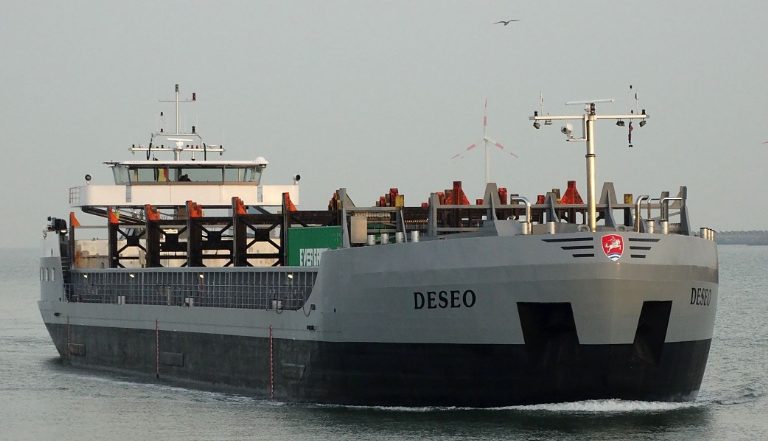Navigation of a semi-autonomous vessel between the Belgian ports of Zeebrugge and Antwerp begins
The development of autonomous shipping has taken another step forward with the first sailing of a semi-autonomous short-sea cargo vessel between the Belgian ports of Zeebrugge and Antwerp.
The program, which aims to expand previous efforts on inland waterways, is seen as the first step towards autonomous shipping.
The cooperation aims to validate the possibilities of automated navigation and involve authorities in the development of new navigation methods.
Eventually, the partners hope to reduce the number of crew members navigating on board the vessel to create greater efficiency and address the growing shortage of skilled seafarers.
The sailings are on the 5,500 dwt vessel Deseo, owned by Belgian shipping company Wennick. The technology testing program is being carried out in collaboration with the Department of MOW, the Joint Nautical Authority and De Vlaamse Waterweg.
The vessel, which carries 400 TEU, will initially sail two to three times a week between the two ports with the support of a central control station.
The route between the two ports runs along the Westerschelde, one of the busiest rivers in the world. To ensure safety along the waterway, the trial includes an experienced crew on the vessel that can take over if necessary.
The technology being tested for the automation of the vessel has been developed by the Belgian company Seafar, which provides control from a centralized control station.
Operators have a range of high-tech systems based on artificial intelligence, sensor fusion and object detection to ensure safe navigation.
B2B operator Citymesh is providing a reliable and stable communication link between the vessel and the shore control station, using a hybrid Wi-Fi network, private LTE/5G and a public 4G network.
“Innovations regarding the automation of inland navigation will help the industry and we want to take a pioneering role in this regard with Flanders,” said Minister of Mobility and Public Works Lydia Peeters. “The automated barge project offers an answer to the mobility challenges of the future. It strengthens our partnership to progressively digitize and innovate.”
As the technology is tested and refined in trials, the goal is to move to higher levels of automation by reducing the crew from five to three.
Similar test projects have already been conducted in 2020 sailing on the Flemish waterways and in the port of Antwerp.
The Blauwe Cluster, VLAIO, the MOW department and the Maritime and Coastal Services Agency are also supporting this project.


